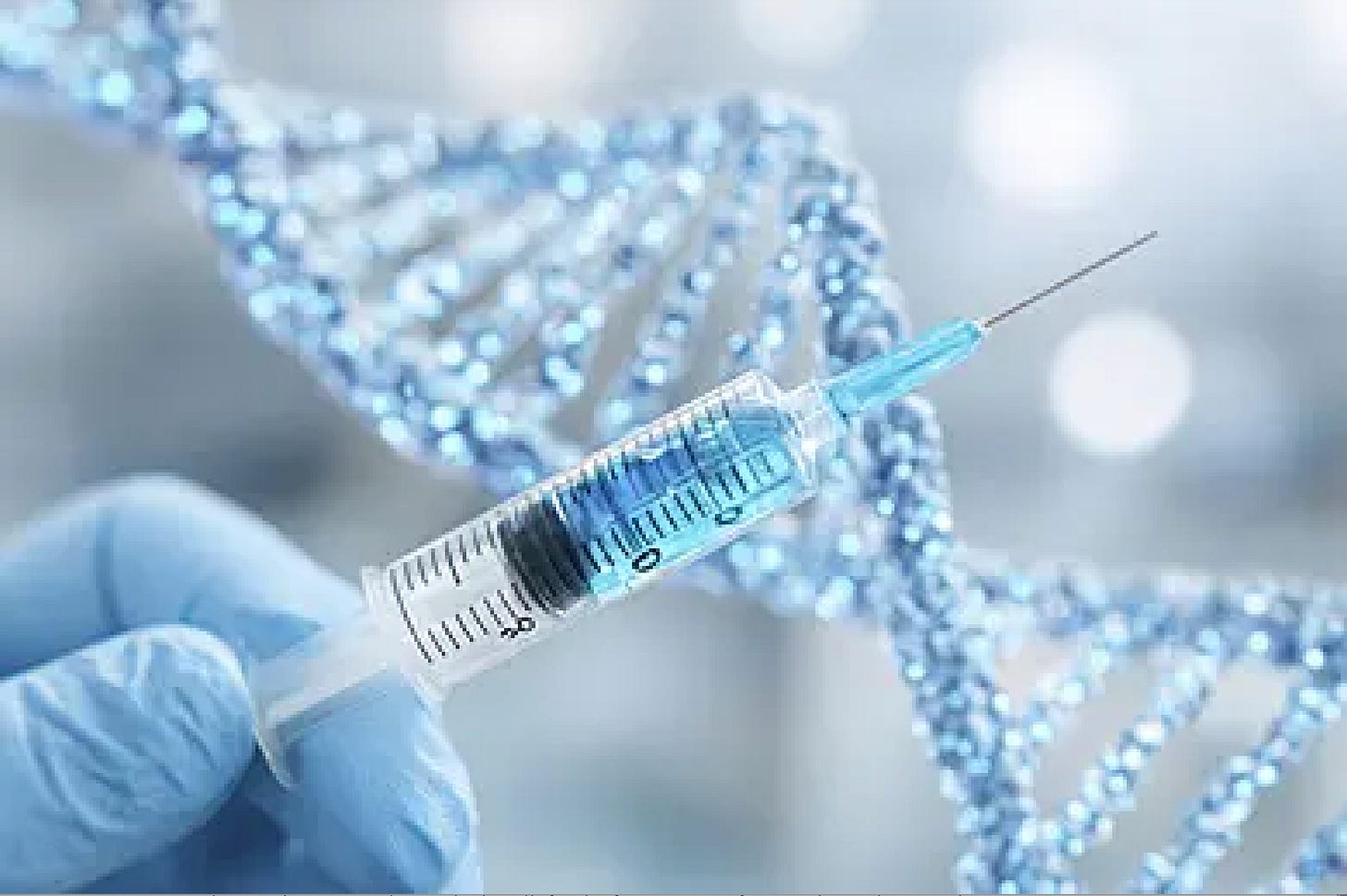ACIP to probe DNA contamination in Covid-19 vaccines
DNA contamination in Covid vaccines is back in the spotlight, with a peer-reviewed study now before CDC advisers just days ahead of their pivotal vote.
The CDC’s vaccine advisory body will, for the first time, confront evidence that Covid-19 vaccines may be contaminated with DNA fragments capable of integrating into the human genome and potentially triggering cancer.
The Advisory Committee on Immunisation Practices (ACIP) has formed a new Covid vaccine work group, chaired by MIT professor Retsef Levi. Its Terms of Reference, published last month, explicitly list “DNA contamination” as an issue to be addressed.
The development follows the publication of a peer-reviewed study in Autoimmunity by David Speicher and colleagues, which analysed 32 vials, including the more recent XBB.1.5 Moderna and Pfizer vaccines.
Using fluorometry coupled with RNase A digestion — a method that removes interfering RNA — the researchers found every vial exceeded the permissible threshold for DNA contamination by 36–627 times.
They reported billions of DNA fragments in both vaccines, many packaged inside lipid nanoparticles (LNPs), the same carriers designed to deliver mRNA into human cells.
Contamination levels matched those seen in earlier ancestral-strain formulations, suggesting the manufacturing problem has not improved.
“Our findings extend existing concerns about vaccine safety and call into question the relevance of guidelines conceived before the introduction of efficient transfection using LNPs,” they wrote, urging replication of their work.



